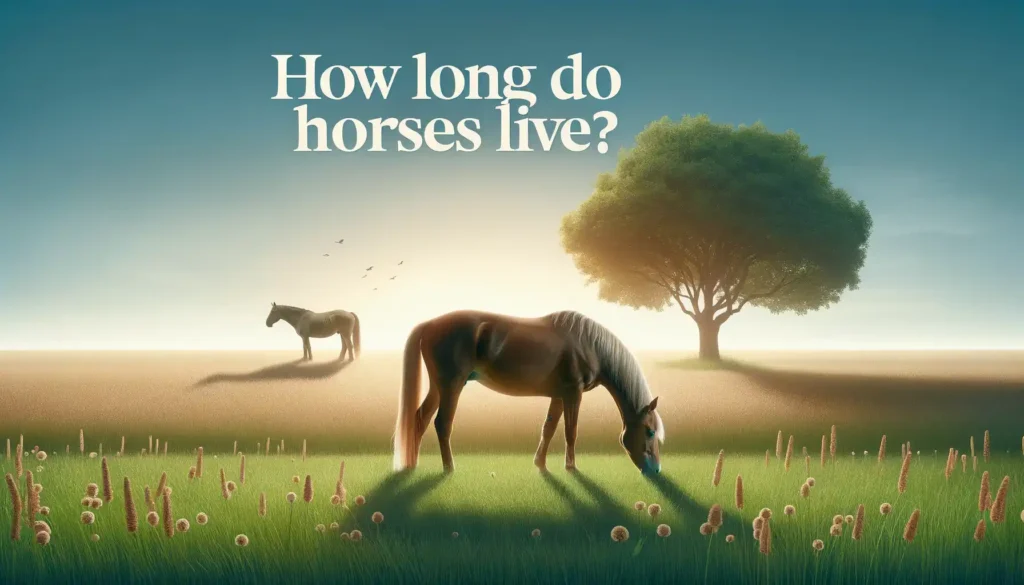Average Lifespan of a Pug

The Life Expectancy of Pugs: Breed-Specific Insights
The pug is a charming, playful companion breed known for its wrinkled face and spirited personality. Though small, pugs have larger-than-life attitudes.
The average lifespan for a pug is 12-15 years. With attentive veterinary care and a bit of luck, pugs can live as long as 18 years. However, they are prone to certain health issues that can shorten their lifespan if left unmanaged.
Skip to topic
Common Genetic Health Problems and Their Effect on Pug Longevity
Some common genetic conditions impacting pug longevity include:
- Brachycephalic syndrome – Breathing issues are common in flat-faced pugs. Airway surgery can help severely affected dogs.
- Hip dysplasia – Screening parents helps avoid this painful joint problem. Maintain lean weight for mobility.
- Eye disorders – Issues like keratoconjunctivitis sicca cause eye irritation. Optimize moisture with ointments.
- Allergies – Pugs often have itchy skin allergies. Control through diet trials, medications or allergy shots.
Working closely with a vet provides the best care for managing genetic predispositions.
Creating a Healthy Living Environment for Pugs
You can optimize your pug’s home environment for longevity:
- Provide air conditioning to prevent heat stress in summer. Pugs cannot tolerate heat due to brachycephaly.
- Use air filters to reduce dust and irritants triggering respiratory issues.
- Maintain flea and tick control year-round to prevent deadly parasitic diseases.
- Limit exposure to smoke to avoid lung irritation. Many pugs are sensitive.
- Create dog-proof spaces. Pugs investigating can get into trouble!
Diet and Exercise: Key Components to a Pug’s Lifespan

Diet and exercise promote good health:
- Feed a high-quality commercial diet formulated for small/medium breeds. Avoid overfeeding treats.
- Make weight management top priority. Overweight pugs develop mobility issues and other problems.
- Ensure regular moderate exercise like short walks to maintain a lean, fit body condition.
- Harness instead of collars prevent neck injuries while walking.
Adhering to an optimal diet and consistent exercise regime adds healthy years.
Proactive Veterinary Care for Pugs
Comprehensive veterinary care is crucial for longevity:
- Annual exams to assess overall health and detect issues early.
- Dental cleanings to reduce bacteria causing tooth loss and infections.
- Diagnostic screening bloodwork aids detecting internal issues like kidney disease sooner.
- Vaccines prevent contagious diseases like parvo, bordetella, and rabies.
Working closely with your vet provides the best preventative care and treatment for age-related conditions.
Caring for an Elderly Pug: Tips for Comfort and Care
As your pug reaches senior status around age 8, here are some care tips:
- Schedule wellness exams at least every 6 months to monitor health closely.
- Adjust to a senior diet with fewer calories and increased fiber for digestive health.
- Allow your pug to rest more. Short, gentle walks prevent overexertion.
- Provide warm soft bedding and massages to ease achy joints.
- Watch for cognitive dysfunction syndrome and treat appropriately.
With attentive care of their evolving needs, your senior pug can continue enjoying life into the mid-teens.



